
- For PC
- For MAC
- For Linux
- OS: Windows 10 (64 bit)
- Processor: Dual-Core 2.2 GHz
- Memory: 4GB
- Video Card: DirectX 11 level video card: AMD Radeon 77XX / NVIDIA GeForce GTX 660. The minimum supported resolution for the game is 720p.
- Network: Broadband Internet connection
- Hard Drive: 22.1 GB (Minimal client)
- OS: Windows 10/11 (64 bit)
- Processor: Intel Core i5 or Ryzen 5 3600 and better
- Memory: 16 GB and more
- Video Card: DirectX 11 level video card or higher and drivers: Nvidia GeForce 1060 and higher, Radeon RX 570 and higher
- Network: Broadband Internet connection
- Hard Drive: 62.2 GB (Full client)
- OS: Mac OS Big Sur 11.0 or newer
- Processor: Core i5, minimum 2.2GHz (Intel Xeon is not supported)
- Memory: 6 GB
- Video Card: Intel Iris Pro 5200 (Mac), or analog from AMD/Nvidia for Mac. Minimum supported resolution for the game is 720p with Metal support.
- Network: Broadband Internet connection
- Hard Drive: 22.1 GB (Minimal client)
- OS: Mac OS Big Sur 11.0 or newer
- Processor: Core i7 (Intel Xeon is not supported)
- Memory: 8 GB
- Video Card: Radeon Vega II or higher with Metal support.
- Network: Broadband Internet connection
- Hard Drive: 62.2 GB (Full client)
- OS: Most modern 64bit Linux distributions
- Processor: Dual-Core 2.4 GHz
- Memory: 4 GB
- Video Card: NVIDIA 660 with latest proprietary drivers (not older than 6 months) / similar AMD with latest proprietary drivers (not older than 6 months; the minimum supported resolution for the game is 720p) with Vulkan support.
- Network: Broadband Internet connection
- Hard Drive: 22.1 GB (Minimal client)
- OS: Ubuntu 20.04 64bit
- Processor: Intel Core i7
- Memory: 16 GB
- Video Card: NVIDIA 1060 with latest proprietary drivers (not older than 6 months) / similar AMD (Radeon RX 570) with latest proprietary drivers (not older than 6 months) with Vulkan support.
- Network: Broadband Internet connection
- Hard Drive: 62.2 GB (Full client)
Before update 1.79 Project X, it was possible to obtain information about the design of your tank’s armor and the location of its parts, assemblies and crew with the help of armor viewing and X-ray. This means the player could find out lots of useful information about the protection of any ground vehicle and its design. However, the information obtained about the armor thickness, angle and effective armor could not be directly compared with a shell’s armor penetration to get a clear result on whether a certain type of shell will pierce a certain type of armor or not.
As in reality, the process of penetrating armor with a shell is more complex than simply comparing the effective armor at the point of contact with the shell’s penetration strength. Shells of various designs and shapes overcome different types of armor obstacles in different ways: for example, sloped armor was a more difficult obstacle than vertical armor for early APCR shells, while for modern finned APCRs with long solid cores, it’s the other way around. For HEAT shells, armor piercing at an angle actually can be calculated based on the armor’s effective thickness, but one must take into account the presence of screens, the dispersion of the shaped-charge jet, and its loss of penetration as it flies through the air (a HEAT shell loses 100 mm of penetration power for every 1 meter of flight in the game). All these subtleties lead to the fact that it was impossible to precisely say whether a target would withstand a shot from a selected shell type. To find out, the situation had to be played out in the game – whether in a user mission or on the proving ground with friends.
The description of the defenses on post-war tanks with complex armor obstacles adds yet more complexity – composite armor, spaced armor or explosive reactive armor. The current implementation showing the defense equivalent and the frontal angle in X-ray mode was not informative enough, since the defense equivalent was shown for a specific type of shell, and when other types of shells were used on the tank, the overall defense could change – just like in reality. When the player compared the defense metrics in X-ray mode with the results of real in-game shots with different shells, it led to confusion and misunderstanding.
In update 1.79 Project X, we’re adding a new option to the ability to view armor thickness and tank design – “Protection Analysis”. This function will let you select the tank, the type of shell used by the vehicle, shot range and in accordance with specified data, check the armour protection of the selected vehicle.
This game function uses all the complex calculation algorithms for armor penetration in the game and provides the same result that the game engine does in battle. Apart from the calculated defense equivalent for the ammunition chosen, the player also learns which modules and crew members might be damaged from such a shot.
To use this function, you must enable armor viewing mode, then a new button will appear. When you press it, you’ll see a menu for choosing the attacking tank, the shell it uses, and the range of fire. In calculating the point and angle of collision, it is assumed that the shell flies from the center of the screen in the direction of the cursor’s projection to the tank model. Select the strike angle and its point with the mouse cursor and you’ll get a result immediately!
After this functionality is implemented, the equivalent defense values for tanks with complex types of armor will be removed from X-ray, although we will leave the data about the type of the special armor and its composition.
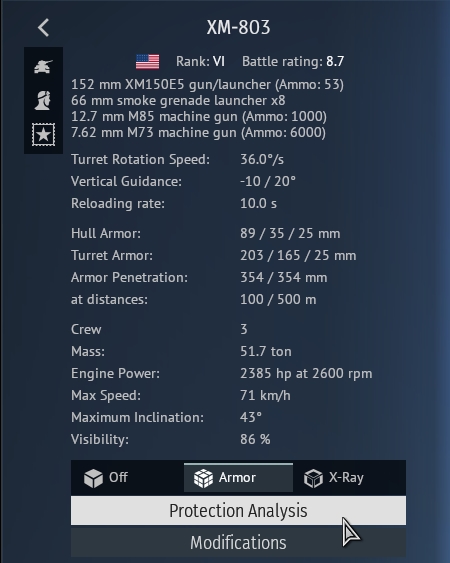
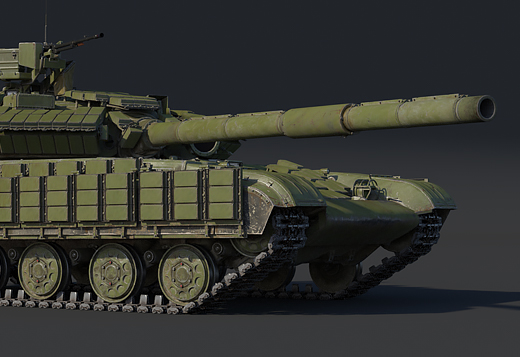
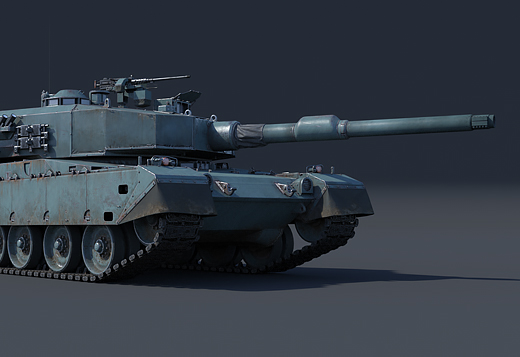
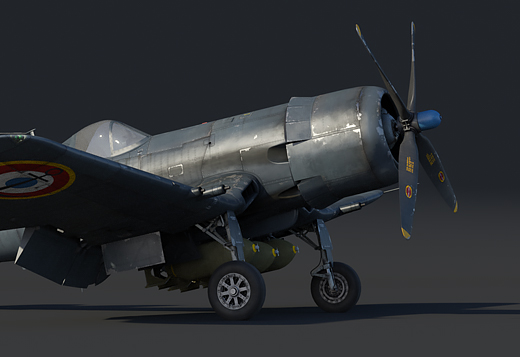
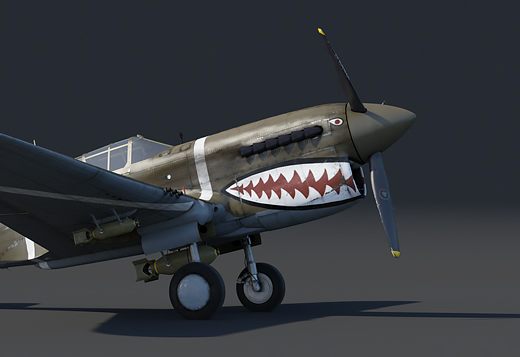

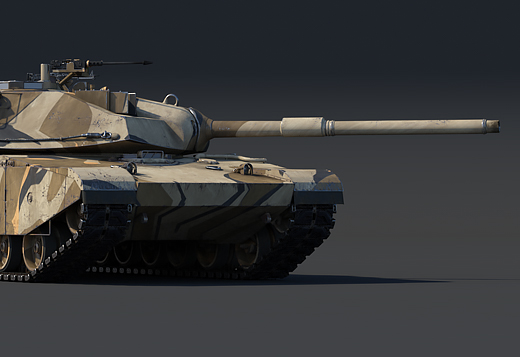

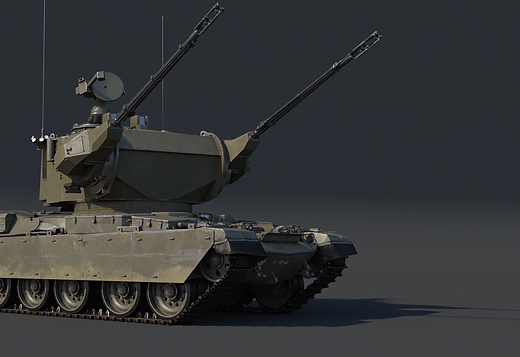
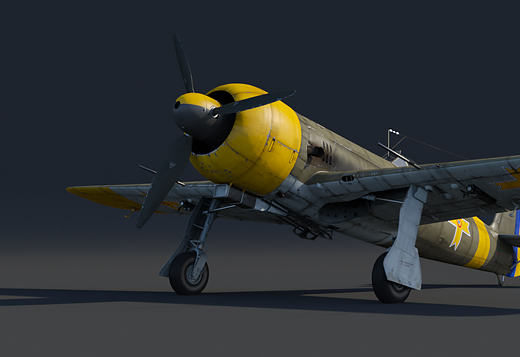
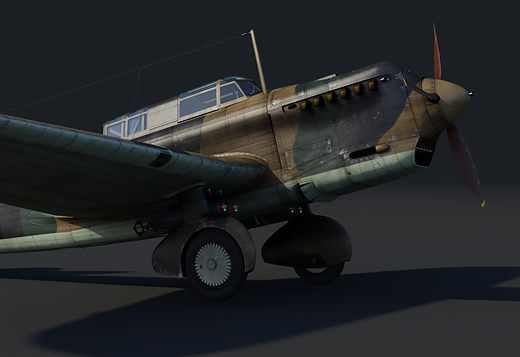
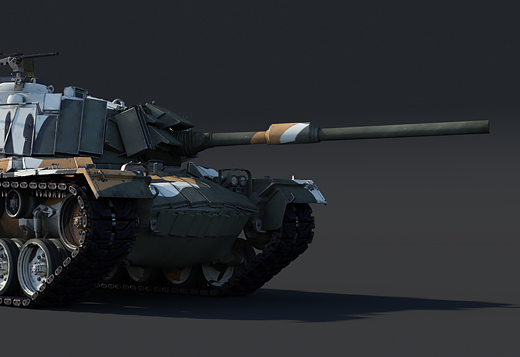
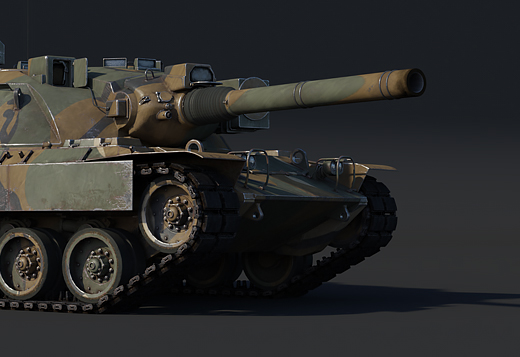
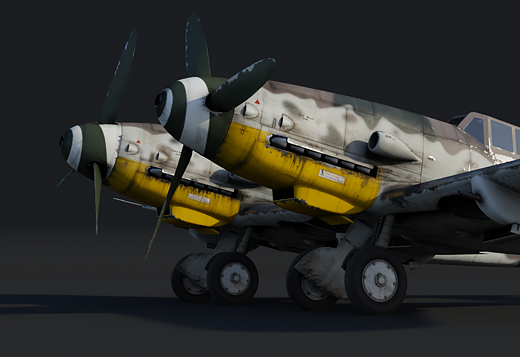
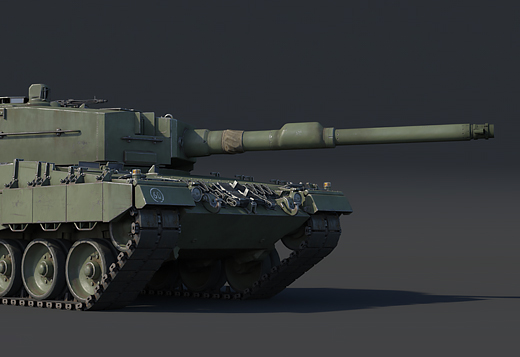
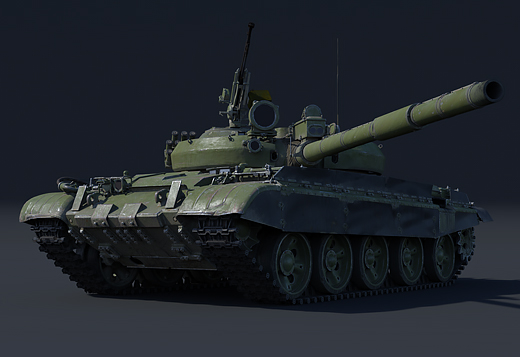
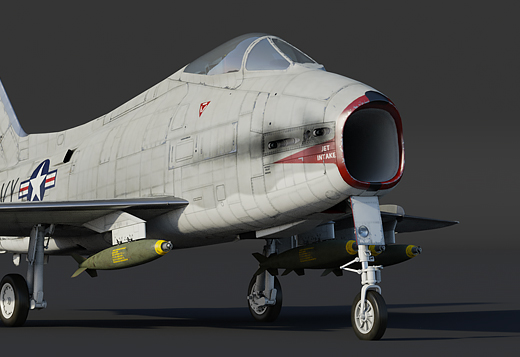
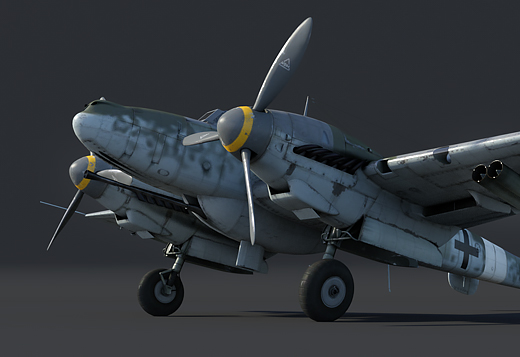
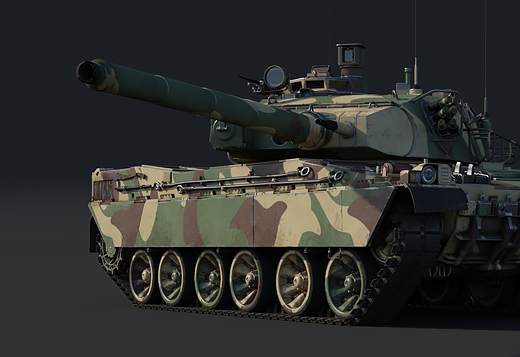
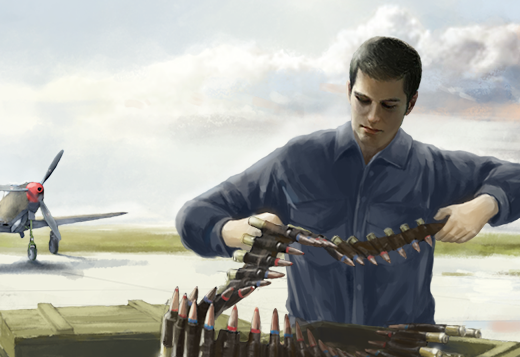
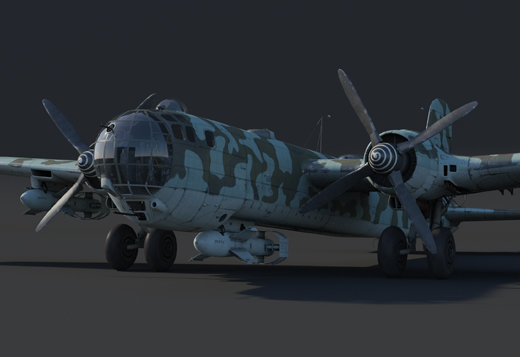



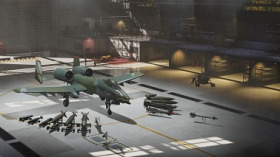
Comments (224)
is it now possible to see plates underneath another, giving us full armor values instead of just the top plate? (M4A3E2 Jumbo and it's dual plates) making us see the entire armor thickness? and if it isn't possible with this update it should be added furthur, so we can see the thickness of the UFP of the T26E1 Super Pershing instead of having to guess?
Well, you can calculate the LOS thickness of a plate by using the formula: Plate thickness / cos(armor angle). Using this, you get an effective thickness of 63.5/cos(47) + 38.1/cos(48) = 150.048 mm for the Jumbo's upper plate. Although, since Soviet 85 mm shells have glitched slope modifiers, they treat it as more or less a vertical plate and can go right through.
finally an answer to why i did not pen
Wow, this is awesome. Is going to be especially useful to new players I believe. This is a step in the right direction!
This... is AWESOME! Now I can finally figure out why this happened: (vid on my YT channel of the following) FV4005 vs Object 906 "will pen everywhere even if I hit the ground 5m away" *FV4005 fires as 906's front from 20m away* *DOESN'T PEN.* AT LONG LAST MY QUESTIONS WILL BE ANSWERED! Keep up the great work guys!
The best tool YES !!
Very, very useful. Good idea.
Well played Gaijin, well played. Truly!
WHAT A GREAT IDEA (I HAVE NOT CONSIDERED SOMETHING LIKE THIS BUT IT WORKS SO WELL). GREAT JOB CAN'T WAIT FOR THE UPDATE!
Thank you very much Gaijin this will super helpful in the future
what is this War Thunder for DUMMIES?
Submit a complaint